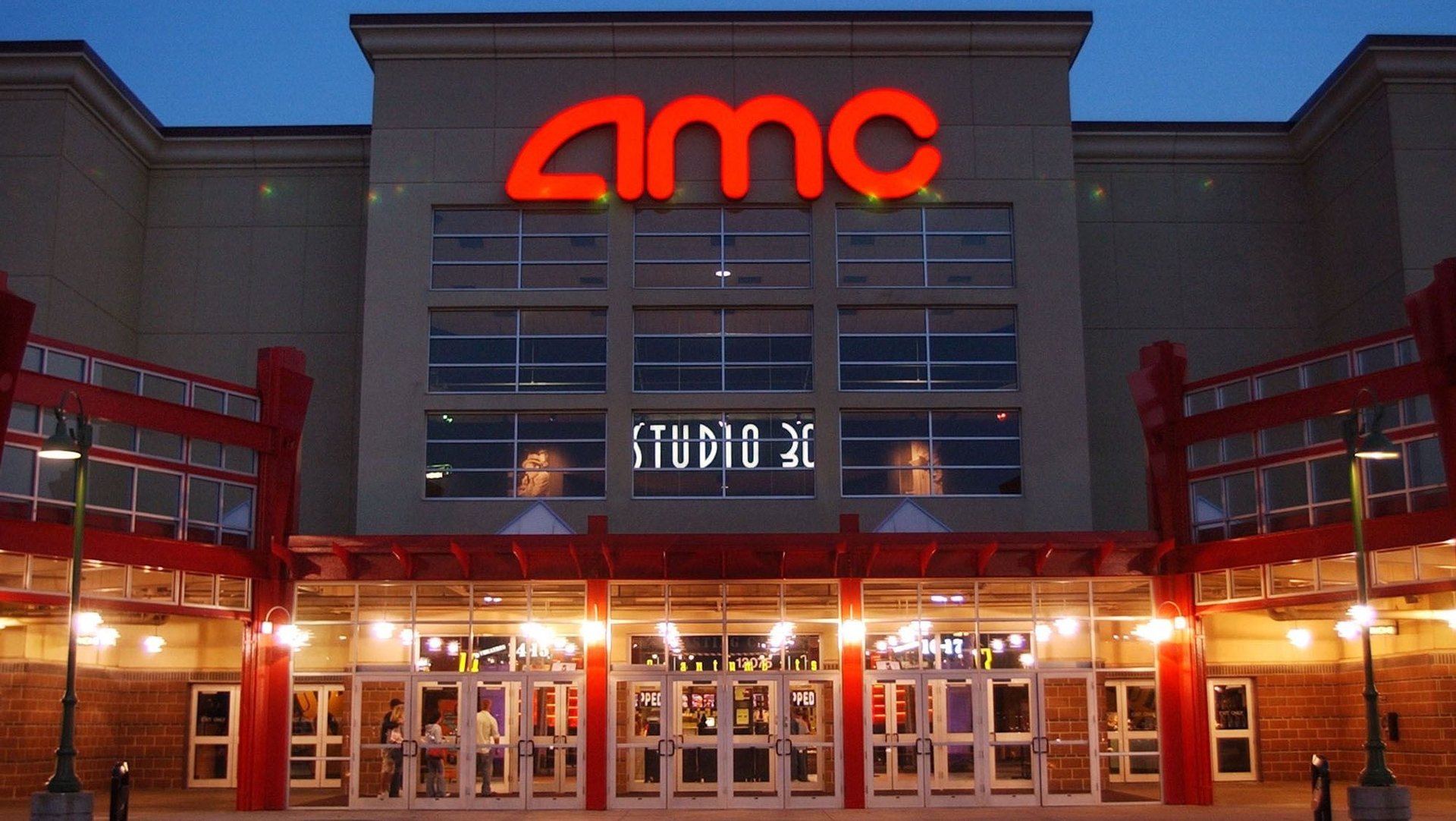We’re experiencing the biggest revolution in movie-ticket prices in decades
MoviePass may fail, but it’s changing moviegoing for the better.


MoviePass may fail, but it’s changing moviegoing for the better.
Major theater chains like AMC Theatres and boutique cinemas like Alamo Drafthouse are experimenting with subscription platforms that make it more affordable to go the movies more regularly. Others, like Regal Cinemas, have talked about testing demand-based pricing that would make it cheaper to go to movies during off-peak periods. That kind of innovation would’ve been hard to imagine a decade ago.
Little has changed about the way movies are priced in the US since the 1970s. Theaters still charge the same price to see blockbusters like Star Wars as they do for arthouse films such as Call Me By Your Name.
Even the price hasn’t moved very much. In 1971, when Fiddler on the Roof topped the box office, it was less than $2 to get into a movie on average, data from the National Association of Theatre Owners shows. Last year, it was around $9. But, when adjusted for inflation, the price actually dips slightly.
Subscription services like MoviePass now give moviegoers access to hosts of films each month for one low, flat monthly rate. MoviePass charges $10 per month to watch a movie per day at most theaters in the US. AMC Stubs A-List charges $20 a month for three movies per week at its locations. “It is by order of magnitude the most significant change in the history of the ticket pricing,” Barak Orbach, a law professor at the University of Arizona who has done extensive research on the motion-picture industry (paywall), told Quartz.
The shift to subscription services is part of a revolution that began more than a decade ago, as DVDs, on-demand video, and nascent streaming services like Netflix made it more convenient to watch movies at home than in theaters. Cinemas began searching for ways to make the moviegoing experience better than viewing at home.
IMAX presented an opportunity in the early 2000s, when it brought its system of high-definition cameras and digital projectors from museums to multiplexes, Daniel Loria, editorial director at Box Office Media, told Quartz. Studio Warner Bros. scored the first hit IMAX movie in 2004 with The Polar Express. Five years later, 20th Century Fox showed what 3D, another burgeoning movie format, could look like when done right with with Avatar, which remains the highest-grossing movie of all time. Other digital-movie formats and projection systems, like Dolby Cinema and 4DX, also developed over time to replace the analog projection systems that had worked perfectly well in cinemas for the last century, and offer moviegoers new experiences.
Movie theaters could charge more for these higher-end formats, marking a pseudo-return to the early days of Hollywood when ticket prices varied by film. That practice was killed by a famous 1950s anti-trust case against Paramount that broke up monopolies between movie producers and distributors to prevent them from setting the price of admission. Other factors, like the rise of TV, also helped killed the habit, as Orbach outlined in his 2004 paper, “Antitrust and Pricing in the Motion Picture Industry.” The 1972 movie The Godfather, which was the first “event” film to open at regular admissions prices, Orbach wrote.
In the 2010s, US theater chains began borrowing innovations from other markets around the world, Loria said. They introduced the concept of reserved seating, which was available in much of the world before it came to the US, as well as alcohol and dining services. Luxury theater chains like iPic also emerged, as cinemas started selling moviegoers on a higher-end, and pricier experiences.
Subscription services like MoviePass are the next phase in this revolution. They give moviegoers who can’t afford or don’t want these higher-end experiences reason to go to theaters.
“This is an explosion. This is it. This is, when they talk about it in 50-100 years, they’re going to be talking about this moment, if they’re talking about ticket price changes,” Jeff Box, senior box-office analyst at Exhibitor Relations, told Quartz. “I don’t believe that we’ve seen anything this atomic since movie tickets have been tracked.”